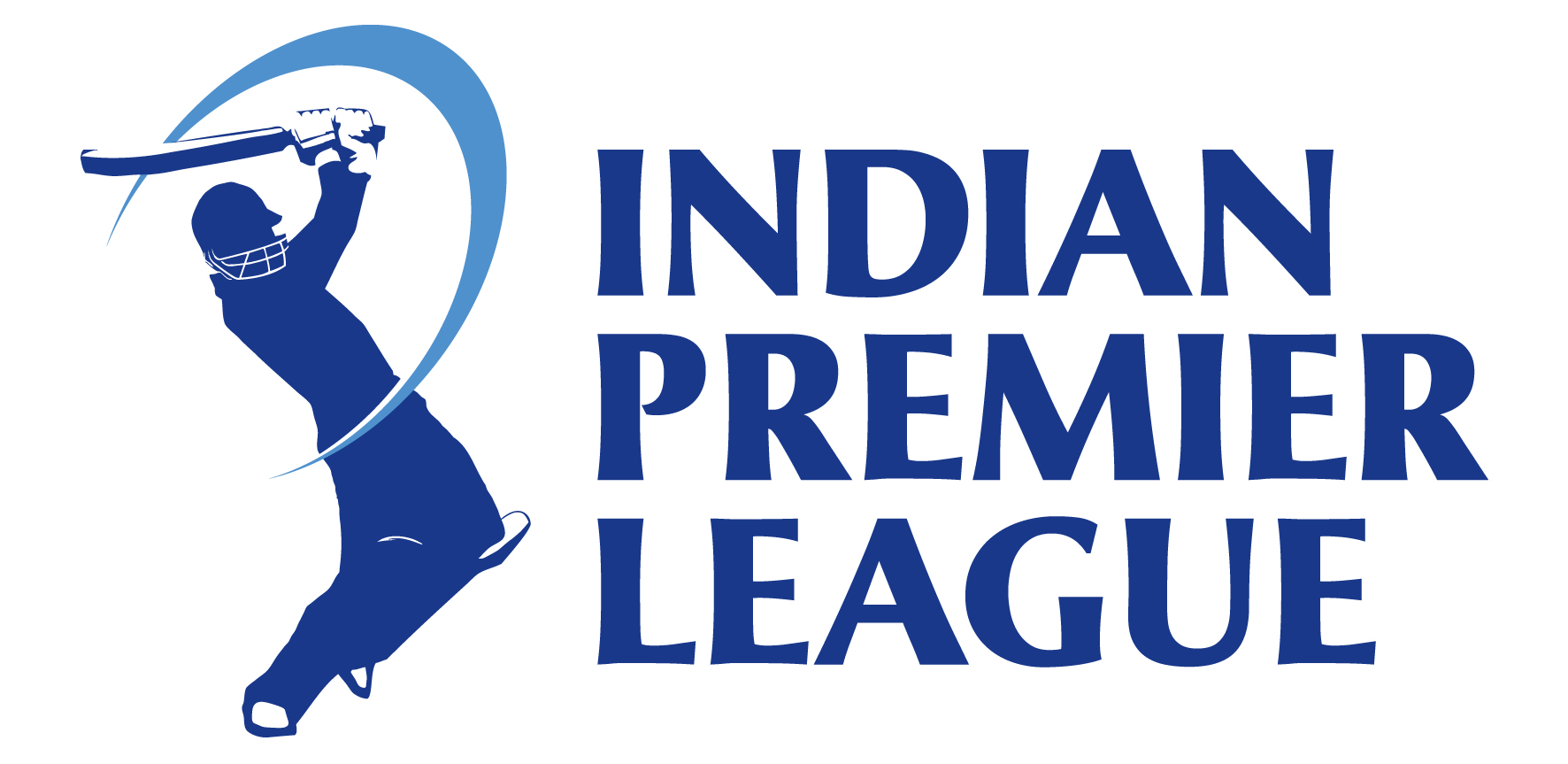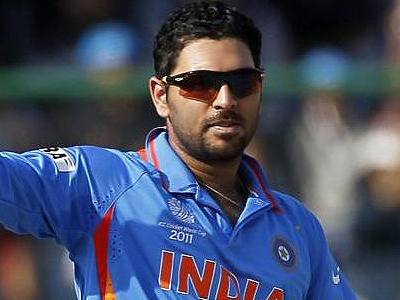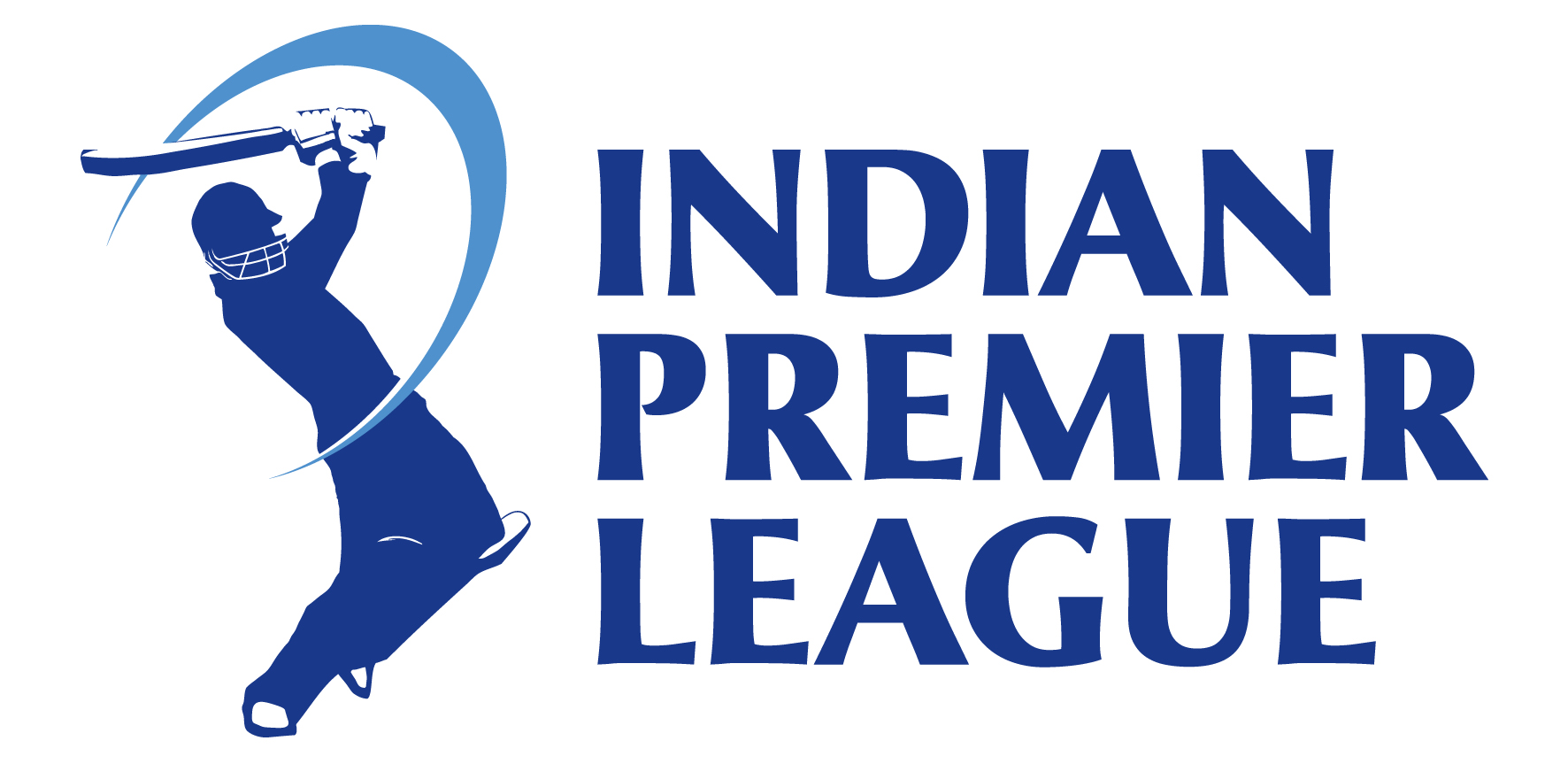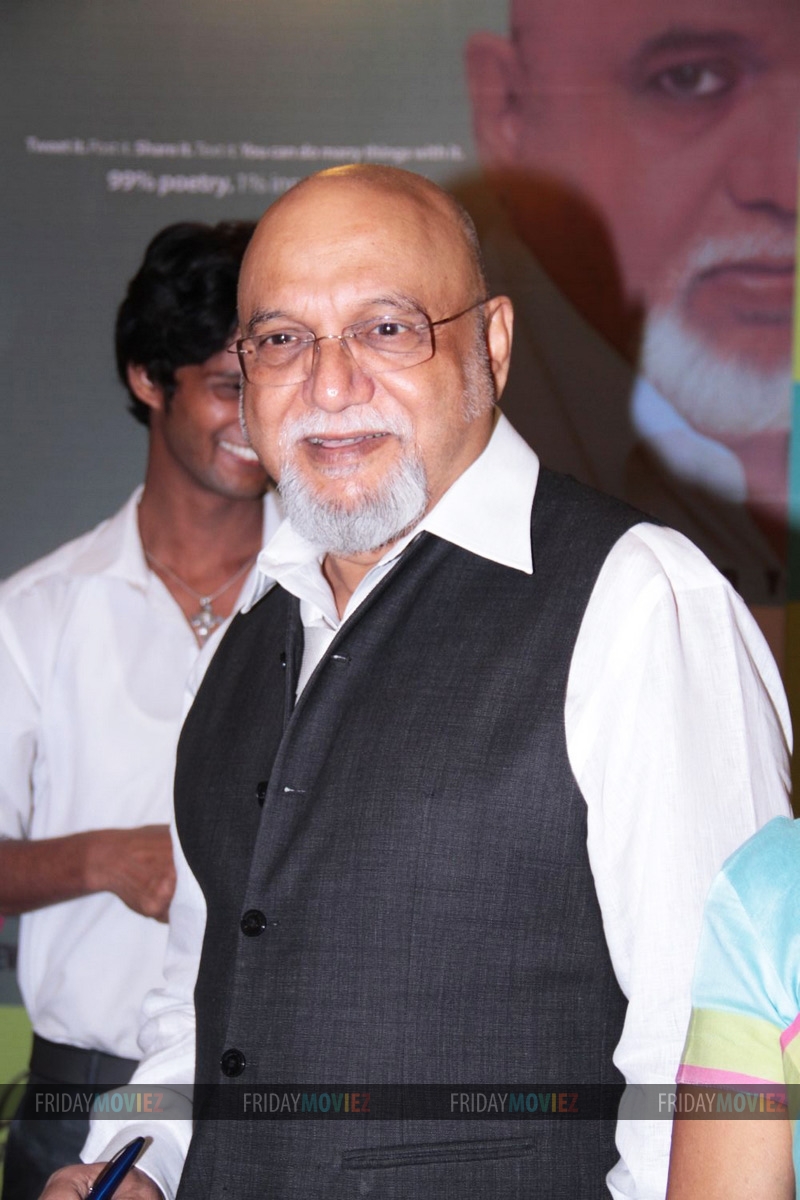The Board for Control of Cricket in India (BCCI) is where politicians from across party lines come together. And given this, you don’t expect it to be the most transparent and fair institution going around. Over and above this, the BCCI also has monopolistic tendencies. Hence, in most situations I would not support BCCI on an issue.
Nevertheless, the entire issue of moving the Indian Premier League(IPL) T20 cricket tournament out of the state of Maharashtra, in order to save water, is basically nonsense. The real issue when it comes to a water crisis in Maharashtra is the agricultural production of sugarcane and not IPL. Allow me to explain.
Take a look at the following chart.
Chart-1.2: State-wise Shares in Production of Sugarcane and Sugar
 Maharashtra is the second largest producer of sugarcane in the country after Uttar Pradesh. It is also the largest producer of sugar, which is a by-product of sugarcane. Maharashtra produces more sugar than Uttar Pradesh primarily because the sugarcane produced in the state has a higher sucrose content. In fact, among all states, Maharasthra has the highest sugar recovery rate of 11.1% from sugarcane.
Maharashtra is the second largest producer of sugarcane in the country after Uttar Pradesh. It is also the largest producer of sugar, which is a by-product of sugarcane. Maharashtra produces more sugar than Uttar Pradesh primarily because the sugarcane produced in the state has a higher sucrose content. In fact, among all states, Maharasthra has the highest sugar recovery rate of 11.1% from sugarcane.
Getting back to the issue of water and sugarcane. As TN Ninan writes in The Turn of the Tortoise: “Nationally, the bulk of the water is used for agriculture…Cropping patters have developed such that water-intensive crops are grown in water-scare areas—like [rice] paddy in Haryana and sugar cane in Maharashtra.”
In fact, Maharashtra uses a lot more water to produce sugarcane than other states like Bihar. As the Commission for Agricultural Costs and Prices(CACP) points out in a document titled Price Policy for Sugarcane—2015-16 Sugar Season: “Water productivity analysis shows that Bihar consumes just 822 litres of water to produce a kilogram of sugar compared to over 2100 litres in Maharashtra, and more than 2200 litres each in Andhra Pradesh and Tamil Nadu. Thus, Andhra Pradesh, Maharashtra and Tamil Nadu consume an additional 1300 to 1400 litres of water over and above what it takes Bihar to produce a kilogram of sugar.”
Andhra Pradesh produces only 4% of India’s sugarcane, so it doesn’t really matter much, if it is a water guzzler. Maharashtra and Tamil Nadu between them produce nearly one-third of India’s sugarcane (22% of Maharashtra and 10% for Tamil Nadu). Given that they use a huge amount of water doing so, this shouldn’t be the case.
As CACP further points out in the case of Maharashtra: “In Maharashtra, sugarcane cultivation, which is on less than 4 percent of the total cropped area of the state, takes away almost 70 percent of irrigation water in the state. This leads to massive inequity in the use of water within the state.”
As mentioned earlier, it takes 2100 litres of water to produce one kilogram of sugar in Maharashtra. This basically means that it will take around 2100000 litres or 2.1 million litres of water to produce one tonne or 1000 kilograms of sugar.
It is estimated that the twenty IPL cricket matches being played in Maharashtra would end up using six million litres of water. How has this estimate been arrived at? A public interest litigation has been filed in the Bombay High Court stating that IPL cricket matches should be moved out of Maharashtra.
Ankita Verma, the lawyer for the petitioners told Rediff.com: “International maintenance for pitch guidelines state that for each match you need three lakh litres of water for one ground. If you multiply that for the 20 matches that will be played here, you will come to the figure of 60 lakh litres [or 6 million litres] of water.”
The BCCI puts the number at four million litres, reports Mint. Let’s take the higher of the two numbers of six million litres of water. As mentioned earlier, it takes 2.1 million litres of water to grow one tonne of sugarcane. Hence, for IPL the total water being used is what would have been good enough to produce less than three tonnes of sugarcane, actually 2.86 tonnes to be very precise.
Hence, the entire argument of IPL cricket matches leading to a wastage of water is basically nonsense. Sugarcane is the real water guzzler in the state of Maharashtra. In 2013-2014, the state produced 75,384,000 tonnes of sugarcane, which would have needed around 158,306,400 million litres of water (75,384,000 x 2.1).
On the other hand, IPL this year will end up using six million litres of water, which would essentially be good enough to produce three tonnes of sugarcane.
So the total amount of water used by IPL will be around 0.0000038%(6.1 million litres expressed as a percentage of 158,306,400 million litres) of the water used to produce sugarcane in Maharashtra in 2013-2014. The proportion is so small that we can even round it off to 0%. This entire argument to move IPL out of Maharashtra is basically nonsense. The real issue is the production of sugarcane in the state.
Of course, no noise is being made against the excessive consumption of water in the production of sugarcane primarily because some of the bigger politicians of the state of Maharashtra are also sugar barons.
There are other issues also that need to be discussed here. India produces much more sugarcane than it consumes. The CACP estimates that the total demand for sugar in India (domestic demand plus bulk demand) is at 24.3 million tonnes. The domestic demand being 12.3 million tonnes and the bulk demand being 12 million tonnes.
In 2014-2015, India produced around 28 million tonnes of sugar. This is 3.7 million tonnes more than demand. This excess sugar is exported. We need to realise that when we export sugar, we are essentially exporting water. As Ninan points out: “Growing sugar cane, even more water hungry than[rice] paddy, in water-scarce Maharashtra is equally contraindicated—especially since the country happens to be surplus in sugar most of the time, and exporting sugar amounts to exporting water.”
And a country as water-constrained as India is, should not be exporting water. To conclude, as CACP points out: “Future growth of cane in Maharashtra is likely to be severely hampered by scarce water supplies unless much of sugarcane is put on drip irrigation or varieties are evolved that use less water. Given that sugarcane is a water guzzling crop, its long term development must ensure that water pricing policies are formulated in a manner that reflects its scarcity.”
And this is something worth thinking about.
Disclosure: The basic idea for writing this column came after reading Sunil Jain’s column titled IPL vs sugarcane: That’s really the equation in Maharashtra in The Financial Express.
The column originally appeared on Vivek Kaul’s Diary on April 12, 2016




